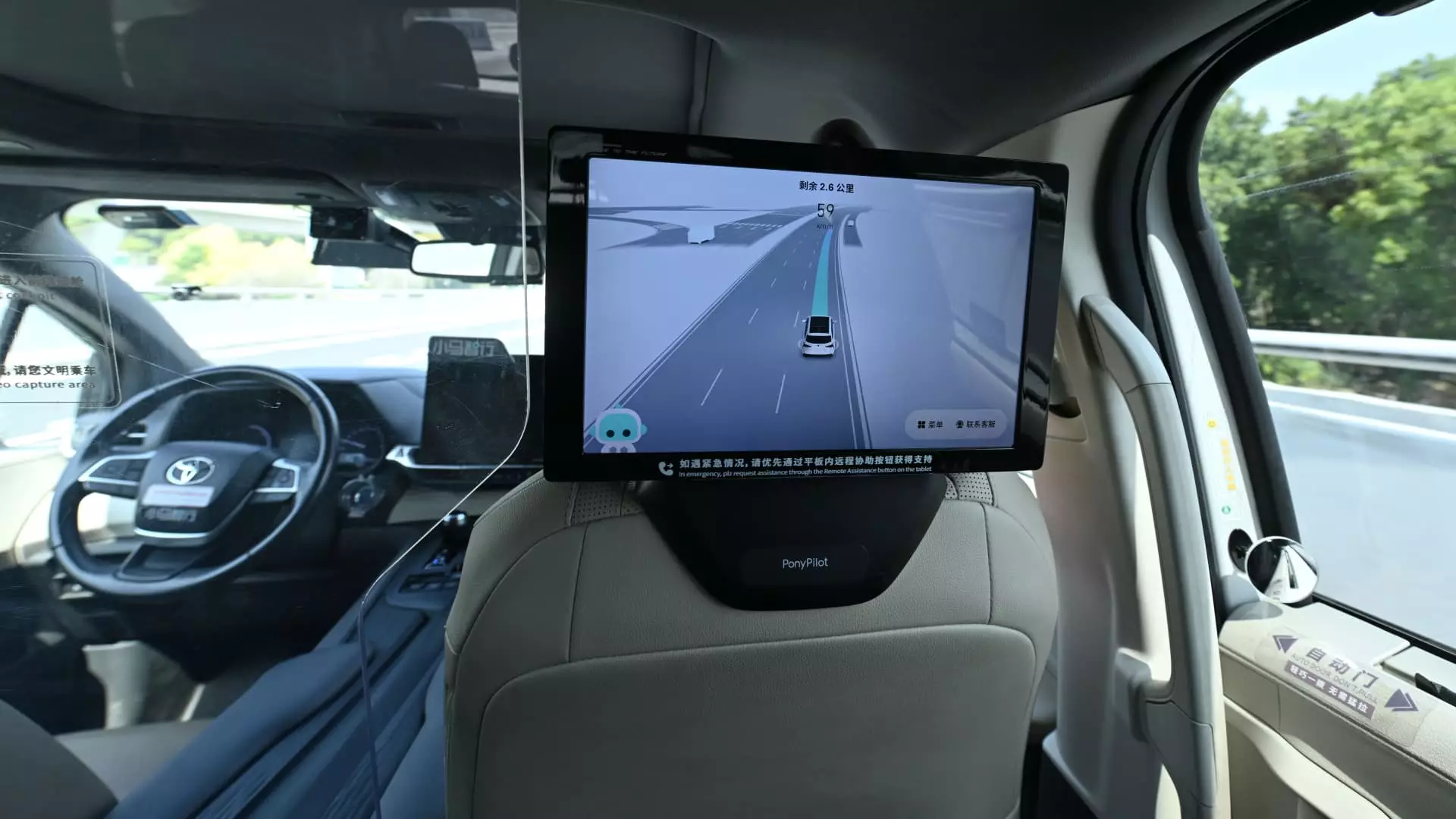The rapid development of robotaxi technology signifies a seismic shift in urban transportation. While proponents tout this innovation as the future of mobility—promising reduced accidents, traffic congestion, and pollution—critical analysis reveals underlying risks and implications that are often overlooked. As these autonomous vehicles move from testing phases to mainstream deployment, concerns about safety, economic disruption, and regulatory readiness warrant a sober, centered critique.
Especially in the United States and China—where these vehicles are currently rolling out—the enthusiasm for robotaxis must be tempered with realism. Companies like Waymo dominate American markets, boasting thousands of active vehicles conducting hundreds of thousands of rides weekly. In China, a burgeoning ecosystem of firms such as Pony AI, WeRide, and Baidu is expanding aggressively, with forecasts predicting millions of robotaxis flickering onto urban streets by the next decade. The question is: Are we prepared for this technological leap, or are we inadvertently accelerating into a future fraught with unintended consequences?
The Illusion of Safety and the Overhyped Potential
Claimed advancements in autonomous driving often focus narrowly on technological achievements—cost reductions, speed of deployment, or geographic expansion. Yet, safety remains the most critical dimension of public trust. While Pony AI’s CTO highlights efforts to enhance safety and expedite ride-hailing processes, the reality is that autonomous vehicles are still susceptible to unpredictable scenarios, especially in complex urban environments.
Chinese companies note that their vehicles are approaching near-breakeven financially by designing cheaper, more efficient models, but affordability should not come at the expense of safety. Cutting costs on parts—such as Pony AI’s 70% reduction in component expenses—could inadvertently compromise vehicle robustness or fault tolerance. This raises the question: Are these savings genuinely driving industry progress, or merely pushing the boundaries of acceptable risk?
Furthermore, the notion that autonomous vehicles are inherently safer than human drivers is more narrative than fact. Despite lofty claims, incidents involving robotaxis have already been documented—raising doubts about whether automated systems are truly ready for widespread public use. Safety, a human-centric value, is often sacrificed on the altar of economic efficiency and rapid expansion.
Economic Disruption and the Long-Term Consequences
The proliferation of robotaxis promises significant economic upheaval. These vehicles threaten to displace millions of professional drivers—taxi, rideshare, trucking—potentially unleashing a wave of unemployment. While technological progress is sometimes portrayed as inevitable, the social costs are often brushed aside by optimistic narratives of innovation.
This shift could exacerbate economic inequality, as displaced workers find fewer opportunities and increased financial insecurity. Additionally, local governments relying on taxi revenues and employment might find themselves unprepared for the structural changes. The growth of robotaxis might also lead to increased surveillance and data collection, raising privacy concerns that blend government oversight with corporate interests.
On a broader economic level, the drive to develop and deploy cheaper autonomous vehicles—evident in the Chinese industry’s focus on low-cost designs—points to a race for market dominance. Companies are betting heavily on the promise of profitable scale; Pony AI’s forecasts suggest that as fleet sizes grow, economies of scale will improve profitability. But this economic race risks prioritizing revenue over safety and social responsibility, making it apparent that profit motives often dominate technological progress in this space.
Global Expansion: A Competitive Yet Flawed Strategy
While American companies like Waymo focus on expanding within the United States and Japan, Chinese firms are aggressively pushing into Europe and the Middle East, capturing international markets with strategic expedience. This global expansion reflects a geopolitical dimension where technological leadership could translate into economic dominance.
However, this desire for market capture sidesteps the intricacies of legal frameworks, public acceptance, and safety regulations across different nations. Chinese firms like Baidu are betting on the cost-efficiency of their models—estimating their vehicles achieve near-breakeven—and hoping that affordability will drive adoption. Yet, without standardized oversight and rigorous safety audits, this rapid international push risks undermining public trust and risking catastrophic failures.
Furthermore, the strategic move by Chinese companies to operate in regions with less stringent regulation could streamline their growth but exacerbate safety and ethical dilemmas. As these vehicles become more prevalent worldwide, questions about accountability, liability, and long-term societal damage become unavoidable.
The Promise and Pitfalls of Technological Leadership
China’s swift advances in robotaxi technology underscore the importance of maintaining a balanced, centered approach. While their vehicles—including Baidu’s Apollo RT6—are becoming cheaper and potentially more profitable, the race to dominate the autonomous vehicle market reveals a concerning race against time rather than safety.
Investors and policymakers should scrutinize whether the push for rapid deployment is justified or simply a bid to establish technological hegemony. Meanwhile, American firms like Waymo need to avoid complacency, recognizing that global competitiveness demands cautious, safety-focused expansion—not reckless scaling.
In the end, autonomous vehicles represent a technological frontier that should serve society—not dominate it. As the industry accelerates towards full autonomy, it must grapple with the fundamental questions of risk, responsibility, and societal impact. Before robotaxis become the norm, the risks they pose—economic, safety, and societal—must be thoroughly addressed, rather than dismissed in the pursuit of market dominance.

